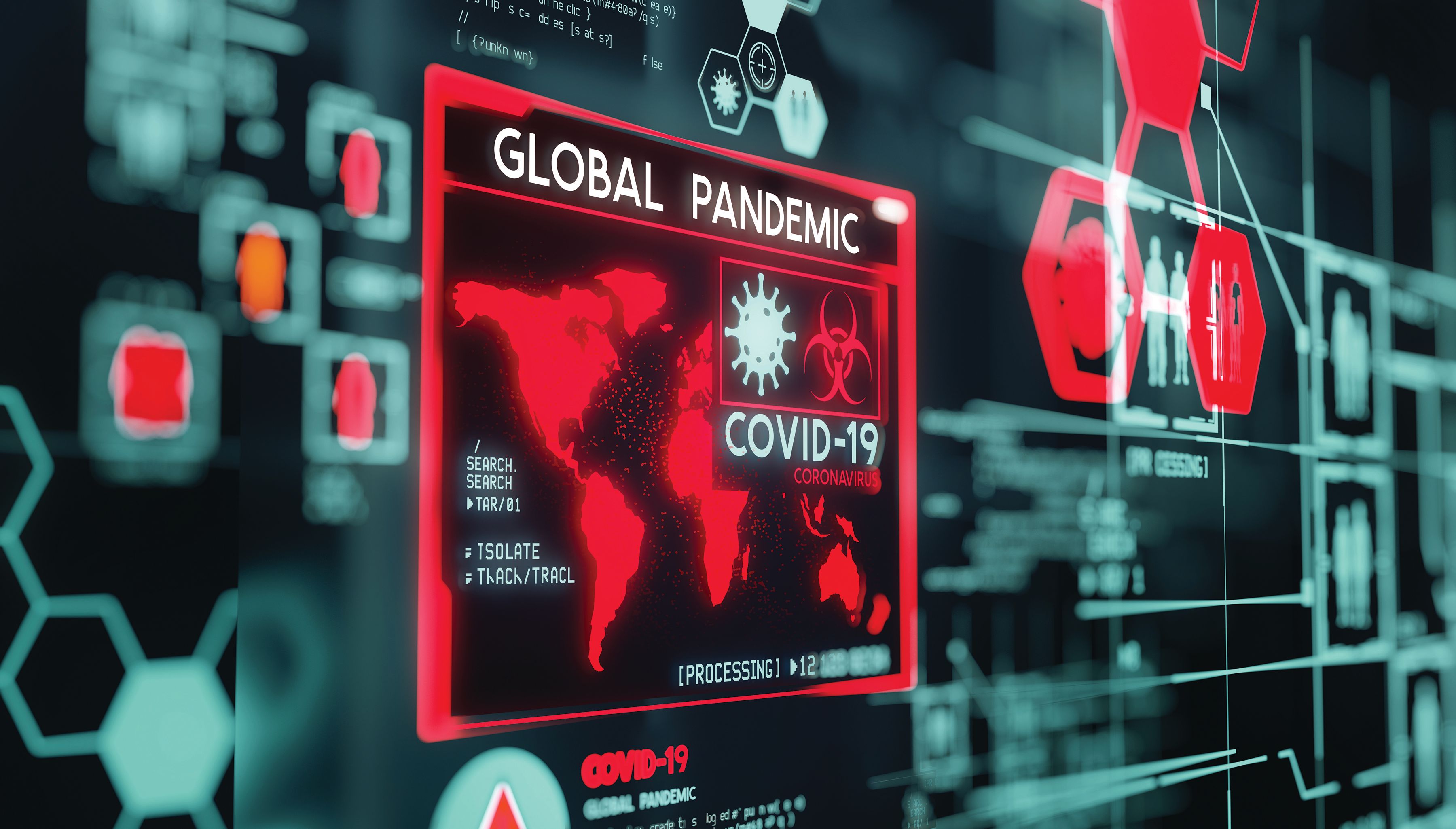6 Ways the Previous Pandemic Changed Dentistry
The full impact of the current pandemic might not come into focus for several years, but here's a look at some of the key changes to the industry following the AIDS pandemic of the 1908s and 1990s.
James Thew / stock.adobe.com

Today’s dental practice very likely looks different from how it did a year ago. In response to the coronavirus disease 2019 (COVID-19) pandemic, dental practices changed schedules, modified clinical and operational workflows, and adopted new strategies and products to prevent infection.
These steps clearly made a difference: Although dental professionals work in one of the riskiest environments for the spread of infectious diseases, COVID-19 was not widely transmitted in dental settings. With multiple approved vaccines, the pandemic might be a less pressing concern later this year, but some of the changes in dental practices likely will be permanent industry shifts.
With this in mind, here’s a look back at 6 ways dentistry changed in the wake of the AIDS pandemic in the 1980s and ’90s.
- Personal protective equipment (PPE)
This is one of the most noticeable changes that arose in the 1980s. Due to the risks of transmission of HIV and hepatitis B, dentists were encouraged and then required to wear gloves, masks, and other PPE. Today, the idea of working in a patient’s mouth barehanded seems outrageous. - Handpiece sterilization
Prior to the AIDS pandemic, dental handpieces were generally cleaned after use but rarely sterilized. This was due to both design and a lack of sterilization requirement. When the requirement changed, handpiece design followed; today, like all other nondisposable instruments in the practice, these vital pieces of operatory equipment get sterilized. - Instrument sterilization
The processing of instruments also changed as hand cleaning and cold sterilization were determined to be less effective than heat sterilization at preventing the spread of disease. An increased awareness of how to prevent the spread of blood-borne pathogens led to a decline in hand washing of instruments, especially those with sharp points and edges. This made way for ultrasonic cleaners and instrument washers to enter the industry to improve the safety and efficacy of instrument processing. - Other infection control updates
With the risks of the spread of deadly diseases such as HIV more widely understood, dental practices began implementing more stringent processes for cleaning waterlines, wiping down surfaces between appointments, and using protective barriers on surfaces and instruments that cannot be sterilized or sanitized. - Government guidelines
In 1986, the Centers for Disease Control and Prevention issued formal infection control guidelines for health care settings, standardizing how dental practices are expected to operate regarding sterilization, sanitization, staff training, and general protocols for keeping patients and practitioners safe. - Blood-borne pathogen awareness
Dental professionals have long known about the risks of transmitting disease in health care settings, but with the spread of both HIV and hepatitis B in the 1980s, the risks from viruses that are transmitted by blood and other body fluids became far more present, and training in how to mitigate those risks became standard.
These are some of the most noticeable ways the dental industry adapted to meet the challenges of the AIDS pandemic in the 1980s and early ’90s. Not every change adopted during the COVID-19 pandemic will stick around, but some will. For example, the industry’s new focus on aerosol risks and mitigation strategies is likely here to stay. Although change can be difficult, clinicians and patients are better off with every step practices take to make things safer.
